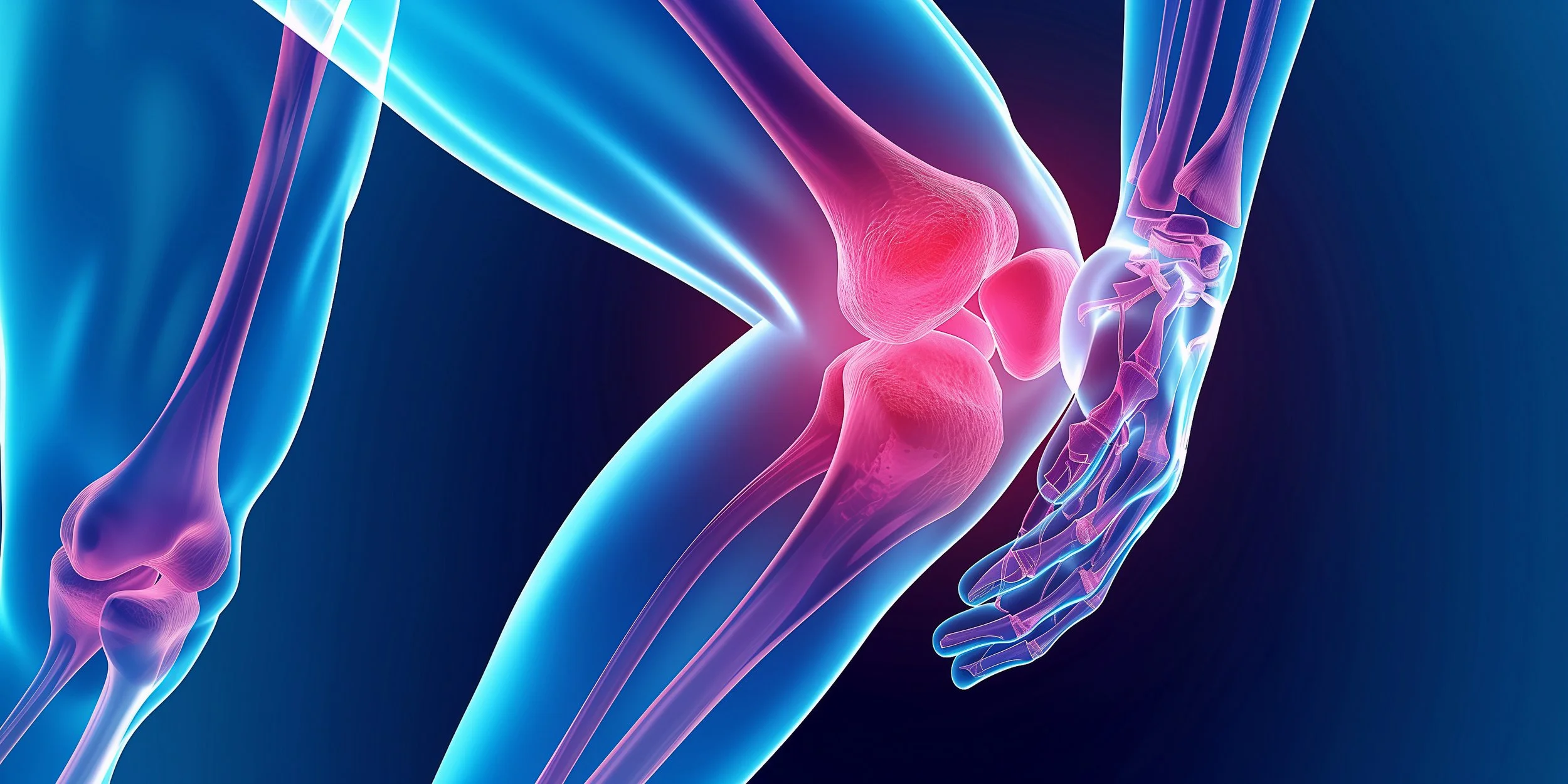The pain experience – not just a physical sensation
If you ask someone who has experienced significant pain in their life, they will, without doubt, describe many unpleasant parts of their condition. While the degree of pain can vary from person to person, a common theme reported by those with lived experience of pain is that there are two parts to their distress: the primary pain, which is an unpleasant physical sensation, and the secondary impact – the challenges caused by the pain condition but separate from it. Secondary impact may include the sadness connected with missed birthday parties, lost jobs, being relegated to the sidelines of their favourite sport and the financial strain associated with reduced earning capacity.
Understanding pain
The primary pain experience refers to the direct, physical sensation of pain. This is the actual discomfort or unpleasant sensation that the patient feels.
Secondary impact, on the other hand, deals with the broader implications of pain on one’s life. This is often referred to as “the pain of missing out” and involves the emotional and psychological effects, such as:
Emotional impact: Feelings of sadness, frustration or helplessness as a result of pain. This includes the grief of not being able to participate in activities or social events that were once enjoyable or significant.
Social impact: The strain that chronic pain places on relationships and social life. People might miss out on social gatherings, struggle with work or school, and face difficulties in maintaining personal relationships. This may lead to feelings of isolation and withdrawal from social connections.
Identity and self-worth: The effect pain has on one’s sense of self and identity. This might involve feeling less capable or valuable due to limitations imposed by pain, particularly if the painful condition affects someone’s ability to function in areas where they are relied upon by others, such as at work or in parenting.
Financial strain: The economic impact due to medical costs, reduced ability to work, or loss of job opportunities.
Physical deconditioning: The weakness and reduction in physical capacity due to decreased activity levels because of pain. This can create a cycle where reduced activity leads to further physical deterioration and increased pain.
These secondary effects can often be as distressing as the physical pain itself and can lead to a cycle where the emotional and social cost worsen the primary pain. Addressing pain comprehensively involves not only managing the physical symptoms but also providing support for the emotional, social and physical challenges that come with it.
For people who feel they are struggling with their pain experience, find a health practitioner that they feel they can trust and who provides them with empathy and support as they steer their way through recovery.
How osteopathy may help
Osteopaths are well-positioned to support individuals experiencing pain through their whole body approach to care. They may offer valuable assistance in various aspects of pain management:
Hands-on treatment: Osteopaths provide hands-on care that may help address primary pain, offering potential relief and improving comfort where appropriate.
Physical reconditioning: They assist with physical reconditioning by guiding and supervising patients as they ease back into physical activity, helping to combat physical deconditioning.
Goal setting for meaningful tasks: Osteopaths may help patients return to meaningful activities in a gradual manner, avoiding overwhelming them and allowing for a gradual adaptation. This may be through pacing strategies or assisting with modifying tasks to allow the person to engage more easily.
Understanding and empathy: As trained allied health professionals, osteopaths recognise that all pain is real and understand its profound impact on a person’s life. They offer a compassionate and understanding ear to those suffering.
Osteopaths consider both the physical and emotional aspects of pain, which can be an important part of comprehensive pain management.

